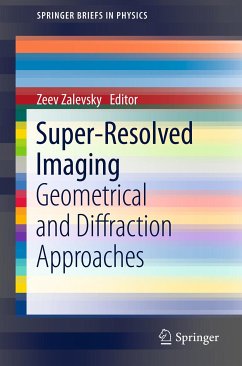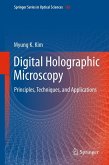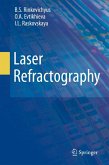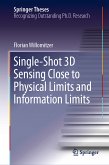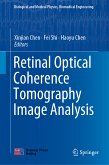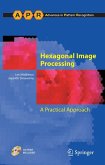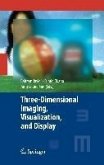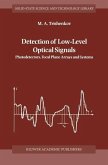In this brief we review several approaches that provide super resolved imaging, overcoming the geometrical limitation of the detector as well as the diffraction effects set by the F number of the imaging lens. In order to obtain the super resolved enhancement, we use spatially non-uniform and/or random transmission structures to encode the image or the aperture planes. The desired resolution enhanced images are obtained by post-processing decoding of the captured data.
Dieser Download kann aus rechtlichen Gründen nur mit Rechnungsadresse in A, B, BG, CY, CZ, D, DK, EW, E, FIN, F, GR, HR, H, IRL, I, LT, L, LR, M, NL, PL, P, R, S, SLO, SK ausgeliefert werden.

